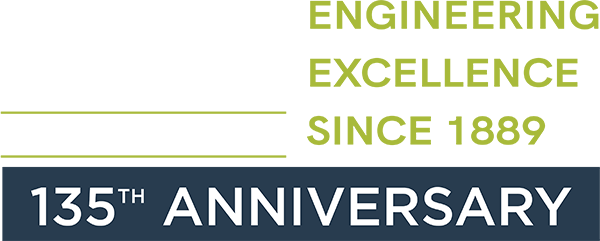The client entered into the Brownfield Cleanup Agreement (BCA) with the New York State Department of Environmental Conservation (NYSDEC) in November 2006 to investigate and, as necessary, remediate the soil, soil vapor and groundwater impacts resulting from tetrachloroethene (PCE) releases from a dry cleaning operation that historically operated at the site. Subsequent soil and groundwater sampling and vapor intrusion investigation activities were completed to characterize impacts to the site.
A Remedial Work Plan (RWP) was approved by the NYSDEC in April 2012, which included in-situ remediation of the groundwater impacts through the injection of a carbon substrate and operation of a sub-slab depressurization system for addressing vapor intrusion beneath a supermarket and adjoining restaurant and laundromat leaseholds at the site. A Track 4 Cleanup was also required by NYSDEC with a long-term institutional control.
In March 2013, VERTEX was retained to implement the site remedy detailed in the NYSDEC-approved RWP. In the time it took to award the project to VERTEX, a new tenant had moved into the supermarket leasehold. Based on the ongoing activities, in-situ injections through the floor slab was no longer a viable alternative. In response, VERTEX designed an injection remedy for the area beneath the site building that included the installation of three permanent horizontal injection wells. The first horizontal well was set two feet above the soil/groundwater interface. The second horizontal well was set at the soil/groundwater interface, and a third was set two feet below the soil/groundwater interface. The well installations were directionally controlled to maximize the length of the well screens within the impacted zones. All injection areas beyond the building footprint where addressed with vertical and/or angled injection points advanced with direct-push drilling techniques. The revised injection approach was approved by the NYSDEC. By using the horizontal well approach, on-site operations in the leaseholds were not impacted by the drilling activities and the need for a direct-push drill rig and crew was eliminated for the area treated by the horizontal wells. VERTEX was able to perform the injection work in-house without the need or cost of subcontractors.
Because the RWP approval allowed for the use of any carbon substrate acceptable to NYSDEC, VERTEX first assessed the cost, availability, and compatibility of various remediation compounds with the known subsurface conditions at the site. Emulsified vegetable oil (EVO) was selected as the most viable option, which was approved by NYSDEC. Three rounds of EVO injections were performed. PCE concentrations have decreased from a high of 1,600 ug/L in March 2011 to 21 ug/L in the same monitoring well in July 2014, with many reported PCE and daughter product concentrations of “none detected” in other monitoring wells in subsequent monitoring events.
Completion of the site cleanup also included the execution and recording of an Environmental Easement to restrict land use and prevent future exposure to any contamination remaining at the site. In addition, a Site Management Plan (SMP) was developed to manage the remaining contamination at the site and provide a plan for certification of institutional and engineering controls. VERTEX also installed an active Sub-Slab Depressurization System (SSDS) to address the potential for vapor intrusion. Based on the results of the post-remediation groundwater monitoring and indoor air sampling, VERTEX submitted a Final Engineering Report to NYSDEC documenting the EVO injections and decreasing trend in contaminant concentrations. On December 23, 2015, NYSDEC issued a Certificate of Completion for the remediation.
To learn more about VERTEX’s Environmental Consulting services or to speak with an Environmental Expert, call 888.298.5162 or submit an inquiry.
This project was originally posted on LKB’s parent company website, The Vertex Companies, LLC.






